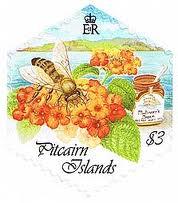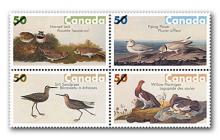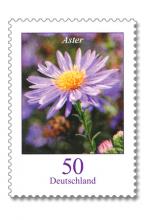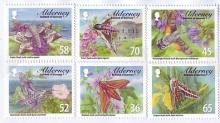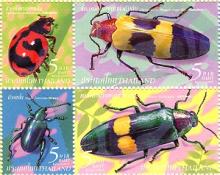The Syngenta claim that thiamethoxam and clothianidin are not involved in bee decline is entirely unjustified
Syngenta has published a study in PLOS which Syngenta claims refuted the scientfic evidence implicating thiamethoxam in bee decline. Now, they reported the contamination of nectar and pollen as follows: “Median residues of thiamethoxam in pollen collected from honey bees after foraging on flowering seed treated maize were found to be between 1 and 7 µg/kg, median residues of the metabolite CGA322704 (clothianidin) in the pollen were between 1 and 4 µg/kg. In oilseed rape, median residues of thiamethoxam found in pollen collected from bees were between <1 and 3.5 µg/kg and in nectar from foraging bees were between 0.65 and 2.4 µg/kg.” The toxicity of thiamethoxam to honeybees has been demonstrated to follow the Druckrey-Küpfmüller equation. Francisco Sanchez-Bayo calculated the median times to lethal effects based on these reported residue levels. He took into account the frequency of residues appearing in pollen and nectar, which he derived from residue studies done by several authors, so the estimated daily consumption is corrected for that frequency (i.e. not 100% but much less!). Also, he estimated the daily consumption of pollen by nurse bees and consumption of nectar by forager bees, all according to Rortais et al (2005).

